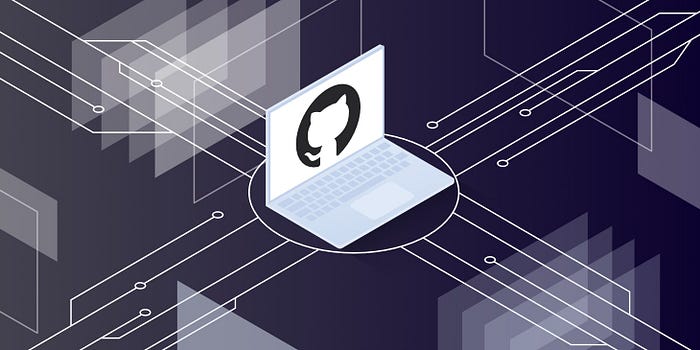GitHub is a web-based platform that provides hosting for software development and version control using Git. It offers a collaborative environment for developers to work on projects, track changes, and manage code repositories. GitHub is widely used for open-source and private projects, fostering collaboration among developers worldwide.
GitHub hosts Git repositories, allowing developers to store and manage their source code. Each repository contains the entire version history of the project, including all branches and commits.
• 𝐑𝐞𝐩𝐨𝐬𝐢𝐭𝐨𝐫𝐲 (𝐑𝐞𝐩𝐨)
A repository is a storage space where a project’s files and version history are stored. It can be local (on a developer’s machine) or remote (hosted on GitHub).
• 𝐁𝐫𝐚𝐧𝐜𝐡
A branch is a parallel version of a repository. Developers create branches to work on specific features or fixes without affecting the main branch.
• 𝐂𝐨𝐦𝐦𝐢𝐭
A commit is a snapshot of changes made to the files in a repository. It includes a unique identifier (SHA-1 hash), author details, timestamp, and a commit message.
• 𝐏𝐮𝐥𝐥 𝐑𝐞𝐪𝐮𝐞𝐬𝐭 (𝐏𝐑)
A pull request is a way to propose changes to a repository. It includes the changes made in a branch and is submitted for review before merging into the main branch.
• 𝐅𝐨𝐫𝐤
Forking is the process of creating a personal copy of someone else’s repository. It allows developers to make changes without affecting the original project.
• 𝐂𝐥𝐨𝐧𝐞
Cloning is the process of copying a repository to a local machine. Developers work on the cloned copy and push changes back to the remote repository.
• 𝐌𝐞𝐫𝐠𝐞
Merging combines changes from one branch into another. Pull requests are often used to initiate a merge after changes have been reviewed and approved.
• 𝐈𝐬𝐬𝐮𝐞𝐬
Issues are used to track tasks, bugs, enhancements, and other topics related to a project. They can be assigned, labeled, and linked to pull requests.
• 𝐎𝐫𝐠𝐚𝐧𝐢𝐳𝐚𝐭𝐢𝐨𝐧𝐬
GitHub Organizations are shared accounts where multiple users can collaborate on repositories. They are often used by teams or companies.
• 𝐑𝐞𝐩𝐨𝐬𝐢𝐭𝐨𝐫𝐲 𝐒𝐞𝐭𝐭𝐢𝐧𝐠𝐬
Configuration options for a repository, including collaborators, access permissions, branch protection rules, and other settings.
• 𝐑𝐄𝐀𝐃𝐌𝐄
A README file contains information about a project. It is often displayed on the repository’s main page and serves as documentation for users and contributors.
• 𝐆𝐢𝐭𝐇𝐮𝐛 𝐀𝐜𝐭𝐢𝐨𝐧𝐬
GitHub Actions automate workflows, allowing developers to define custom tasks like building, testing, and deploying code directly within the GitHub repository.
• 𝐖𝐢𝐤𝐢
Wiki is a collaborative space for documentation within a GitHub repository. It can be used to provide additional information about the project.
• GitHub Marketplace The GitHub Marketplace is a platform for discovering and integrating third-party tools and services that enhance the GitHub workflow.
• Code Review Code review involves assessing changes proposed in a pull request. Reviewers provide feedback, comments, and approvals before changes are merged.

